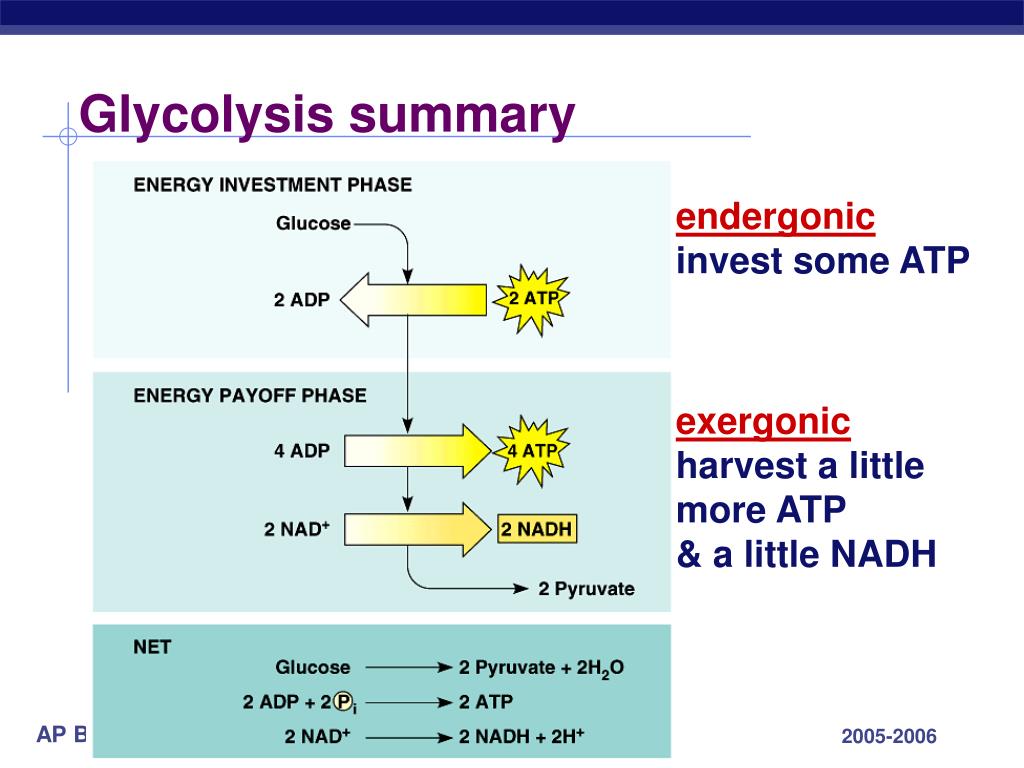
This is why the cellular respiratory process is one of the most indispensable processes in any organism. The process is necessary for both prokaryotic and eukaryotic cells because the biochemical energy produced is responsible for powering numerous metabolic processes, such as locomotion, transportation of molecules through membranes and biosynthesis. The production of biochemical energy is the chief function of the cellular respiratory process.


The inner membrane has some complexes for ETS (electron transport system)present inside, which help in the final stage of the cellular respiration process – the electron transport chain. They are called “porins” and can be permeated by molecules and ions like ATP. There are plenty of proteins present in the outer membrane. Between these two membranes, there is a space called the intermembrane space. – Mitochondria organelles are divided into an inner membrane and an outer membrane. Several enzymes present in mitochondria help in the respiration process. Due to their major contribution to the process, mitochondria are known as the “powerhouse of the cell.” ATP is the primary chemical produced in the cellular respiratory process. Mitochondria produce energy which is known as adenosine triphosphate. glycolysis, occurs in the cytosol and the rest of the stages occur in the mitochondrion. Cellular respiration occurs in the cytosol and mitochondria of a cell in an organism. Electron transport chain or oxidative phosphorylation.In eukaryotes, the process takes place in the following stages: The process mainly entails converting adenosine diphosphate (ADP) to adenosine triphosphate (ATP). In prokaryotic cells, it takes place in the cytoplasm and in eukaryotic cells, it initiates in the cytosol and then continues in the mitochondria. There are different types of cellular respiration.īoth prokaryotic and eukaryotic cells carry out this process. Cellular respiration is the most critical process that occurs in any organism, but it does not occur in the same manner in every organism.
Cellular respiration an overview series#
The process is carried out in both autotrophic and heterotrophic organisms and involves a series of metabolic processes within a cell. Together, these activities constitute respiration.Cellular respiration is a process in which an organism acquires energy to maintain various functions, such as growth, movement, repair, reproduction and defence against danger. Finally, the cells utilize the oxygen for their specific activities: this is called cellular metabolism, or cellular respiration. The exchange of gases between the blood and tissue cells is internal respiration. The blood transports the gases to and from the tissue cells. After this, there is an exchange of gases between the lungs and the blood. Every 3 to 5 seconds, nerve impulses stimulate the breathing process, or ventilation, which moves air through a series of passages into and out of the lungs. Respiration is the sequence of events that results in the exchange of oxygen and carbon dioxide between the atmosphere and the body cells.

It also helps to regulate pH of the blood. The respiratory system works with the circulatory system to provide this oxygen and to remove the waste products of metabolism. The body cells need a continuous supply of oxygen for the metabolic processes that are necessary to maintain life. When the respiratory system is mentioned, people generally think of breathing, but breathing is only one of the activities of the respiratory system.

Acknowledgements Introduction to the Respiratory System


 0 kommentar(er)
0 kommentar(er)
